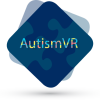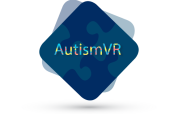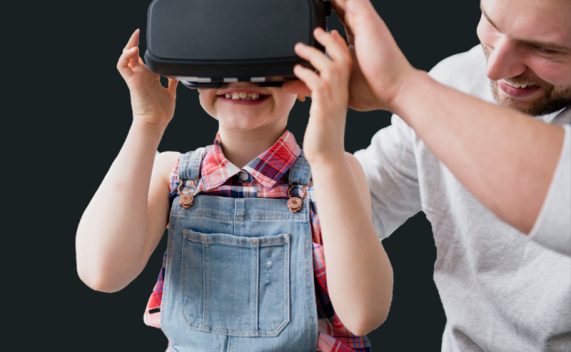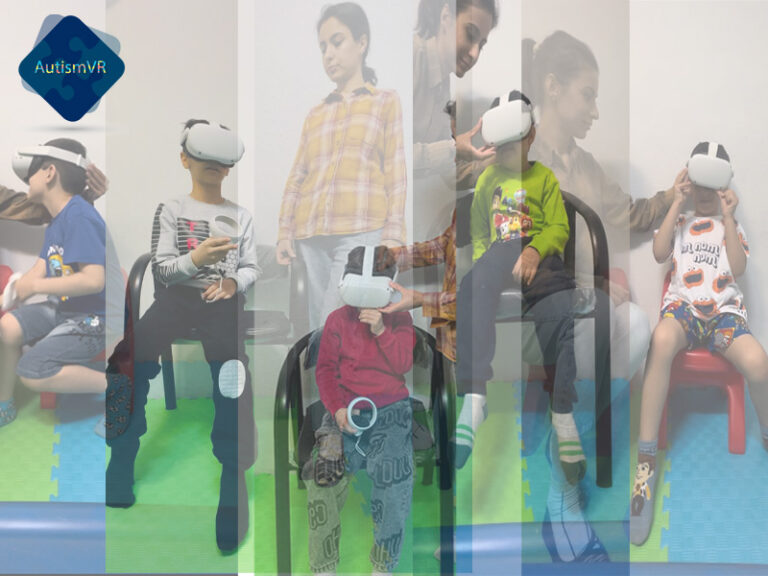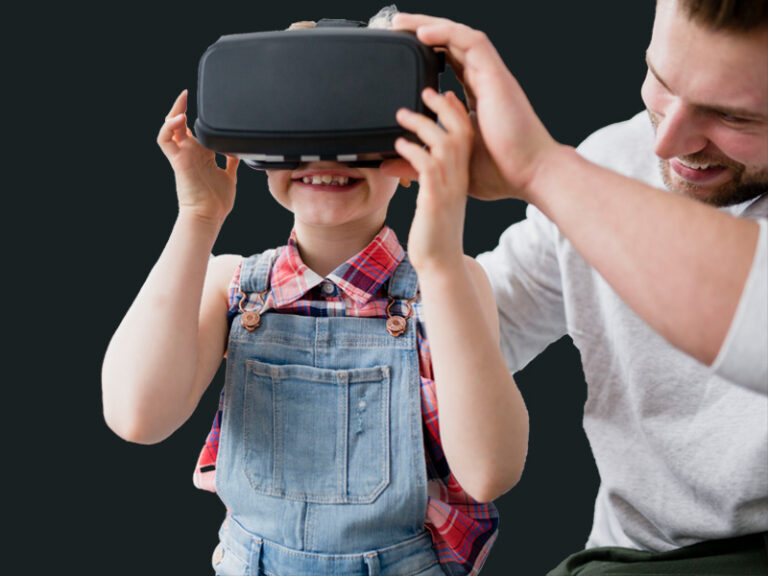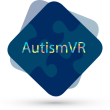Virtual Reality (VR) technology has rapidly become a focal point in innovative therapeutic approaches, particularly for children with Autism Spectrum Disorders (ASD). Its immersive nature offers a unique avenue for learning and therapy, allowing for controlled simulations of real-world scenarios. However, the burgeoning use of VR in therapeutic contexts raises an important question: Is VR safe for children with ASD?
Autism Spectrum Disorders encompass a range of neurodevelopmental conditions characterized by challenges in social interaction, communication, and repetitive behaviors. Children with ASD often experience heightened sensory sensitivities and may react differently to stimuli compared to neurotypical children. This variance underlines the importance of examining how new technologies like VR might interact with these unique sensory and cognitive processes.
VR in Autism Therapy
VR’s use in autism therapy has seen a significant rise, attributed to its ability to create interactive, engaging environments. Therapeutic applications include:
Social Skill Development: VR can simulate social scenarios for children to practice communication and interaction in a safe, controlled environment.
Exposure Therapy: It can expose children to various settings (like crowded places) in a gradual, manageable way.
Behavioral Modeling: VR can demonstrate appropriate behavioral responses in different situations.
Benefits of VR for Children with ASD
Controlled Environment: VR offers a safe space to encounter various stimuli without real-world repercussions.
Customizable Experiences: It allows for tailoring experiences to each child’s specific needs, preferences, and sensitivity levels.
Potential Risks and Concerns
Sensory Overload: The immersive nature of VR might overwhelm some children, particularly those with sensory processing sensitivities.
Disorientation and Dizziness: VR experiences could cause motion sickness or disorientation.
Emotional Reactions: Intense scenarios in VR might trigger strong emotional responses.
Safety Guidelines and Best Practices
Gradual Introduction: Slowly introduce VR to observe and manage the child’s comfort level.
Supervision: Ensure a therapist or caregiver is present during VR sessions for guidance and support.
Time Limits: Implement reasonable time limits to avoid overstimulation.
Content Selection: Opt for VR content designed specifically for children with ASD.
Current Research and Expert Opinions
Research into VR’s impact on children with ASD is ongoing. Recent studies indicate positive outcomes in areas like social cognition and anxiety reduction, but the consensus underscores the need for cautious, tailored approaches. Input from experts in pediatric therapy and neurodevelopmental disorders plays a crucial role in shaping safe and effective VR practices.
Conclusion
VR represents a frontier in autism therapy, offering immersive, engaging, and customizable experiences. However, its use must be carefully considered, with attention to individual sensitivities and needs. By adhering to best practices and safety guidelines, VR can be a valuable tool in the therapeutic landscape for children with ASD. As research continues to evolve, so too will our understanding of VR’s role in supporting the development and well-being of children with autism.
For those interested in exploring VR as a therapeutic tool for children with ASD, it’s essential to consult with healthcare professionals and consider each child’s unique context. Stay informed on the latest research and developments in this exciting field to ensure a safe and beneficial experience for every child.



